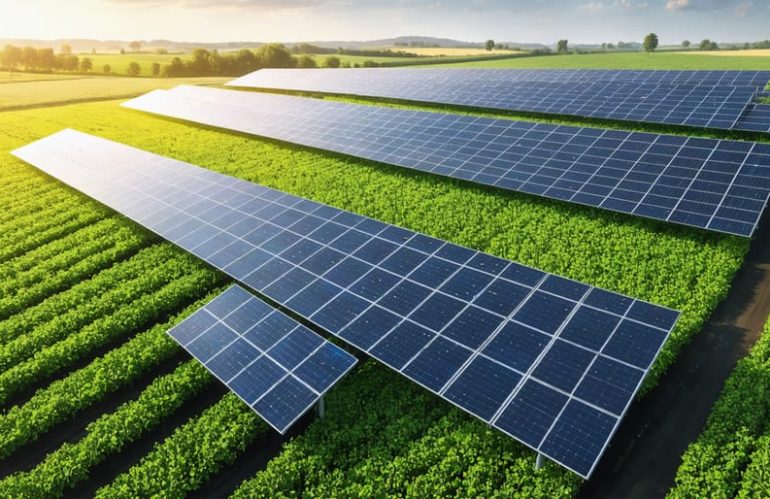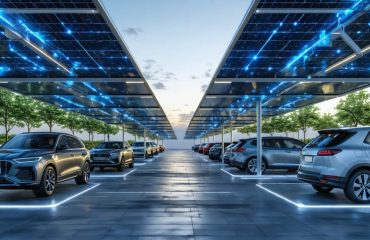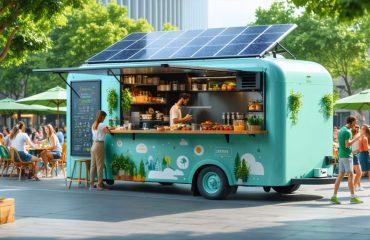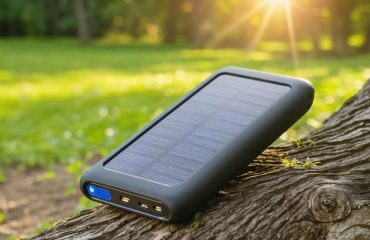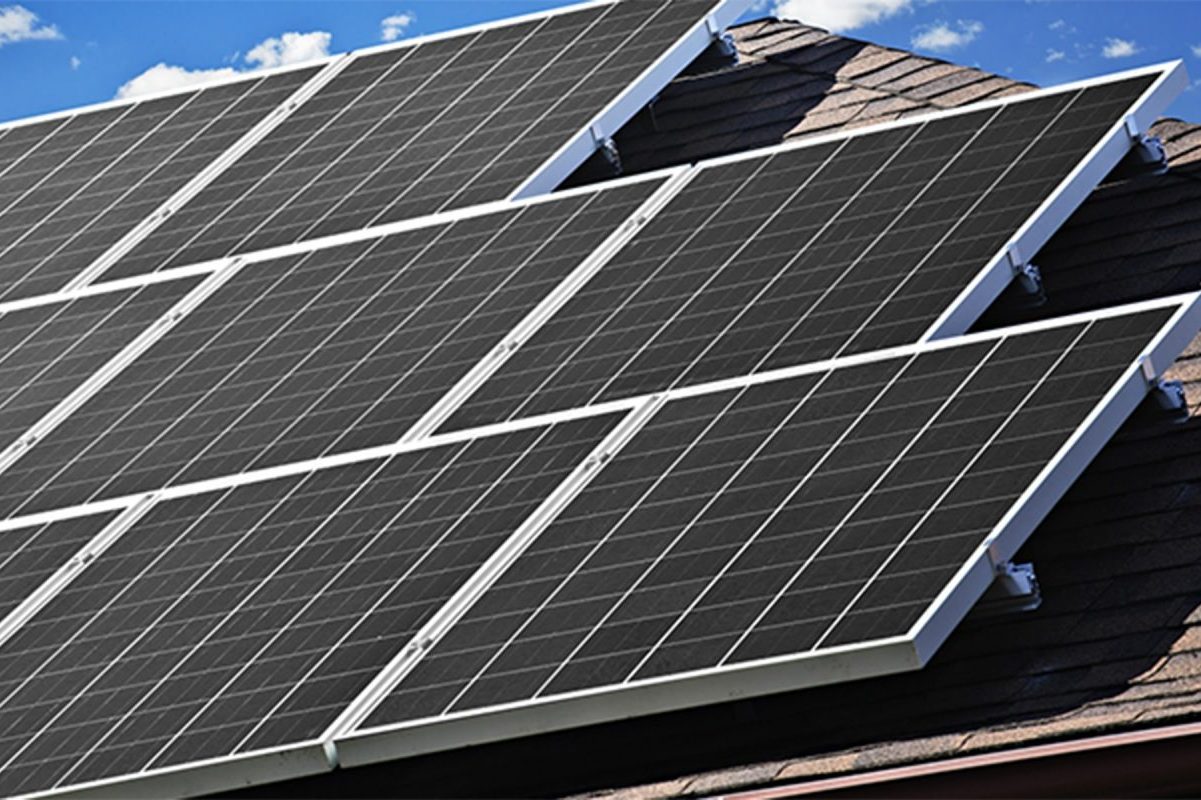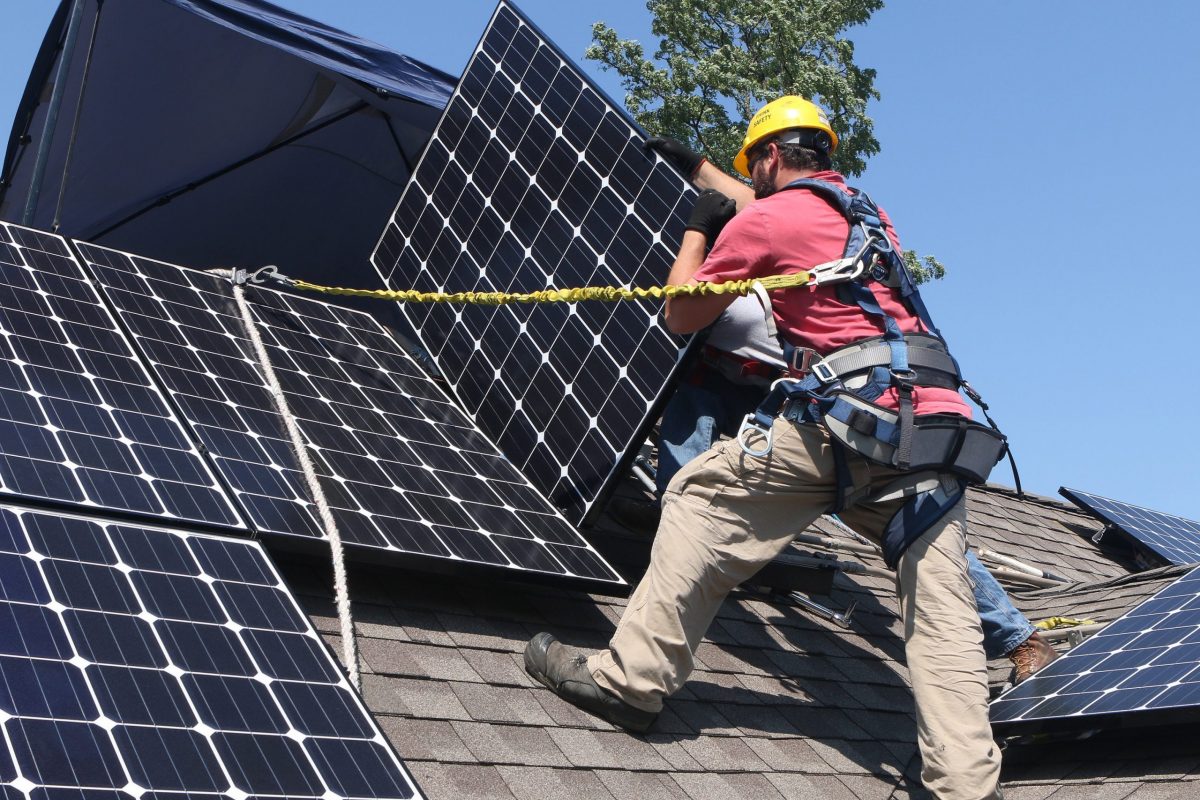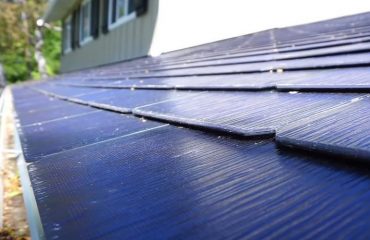Photovoltaic production stands at the forefront of our clean energy revolution, transforming how we power our homes, businesses, and agricultural operations. This remarkable technology converts sunlight directly into electricity, offering a sustainable solution to our growing energy needs while significantly reducing carbon emissions. Recent advances in manufacturing processes have dramatically improved panel efficiency and reduced production costs, making solar power increasingly accessible to homeowners and farmers alike.
The global photovoltaic industry has experienced exponential growth, with production capacity doubling every two years since 2010. Modern solar panels now achieve conversion efficiencies exceeding 20%, while innovative manufacturing techniques continue to drive down costs. This democratization of solar technology has sparked a transformation in how we think about energy production, shifting from centralized power plants to distributed, consumer-owned generation systems.
For homeowners and agricultural professionals, photovoltaic production represents more than just clean energy – it’s an investment in energy independence and financial stability. With payback periods shrinking and system reliability improving, solar power has evolved from an environmental choice to a practical economic decision. The integration of smart monitoring systems and improved storage solutions has made photovoltaic systems more efficient and user-friendly than ever before.
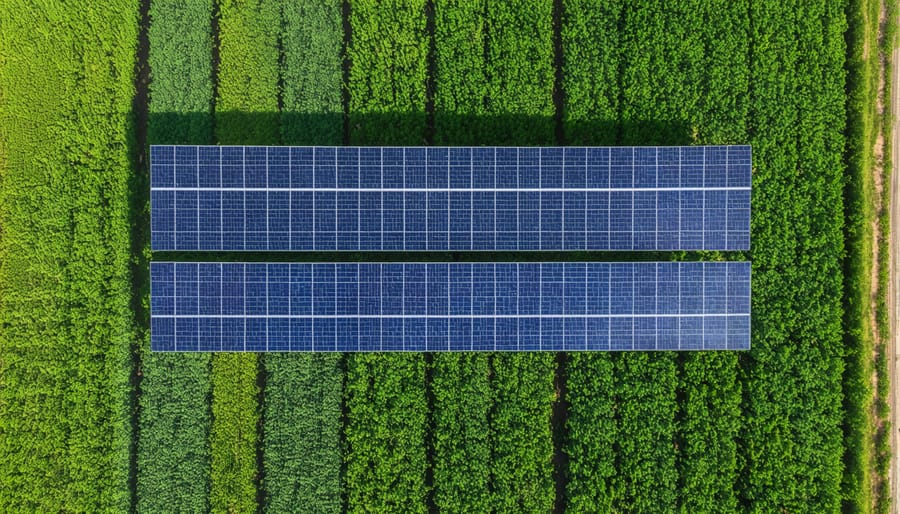
How Photovoltaic Systems Power Modern Agriculture
Direct Solar Applications in Farming
Modern farming has embraced solar technology to create more sustainable and efficient operations. Solar-powered water systems have revolutionized irrigation practices, allowing farmers to maintain consistent water supply to crops without relying on grid electricity or fossil fuels. These systems use solar panels to power water pumps, delivering precise amounts of water when and where needed.
Solar-powered ventilation systems in greenhouses and barns help maintain optimal temperatures for plants and livestock while reducing energy costs. Automated fans and cooling systems, powered by photovoltaic panels, create comfortable environments year-round. Climate control extends beyond basic ventilation, with solar-powered heating systems providing warmth during colder months and cooling mechanisms managing summer heat.
Many farmers have also implemented solar-powered monitoring systems that track soil moisture, temperature, and humidity levels. This smart technology helps optimize resource use and improve crop yields while maintaining environmental sustainability. The initial investment in these solar applications typically pays for itself through reduced utility bills and increased production efficiency.
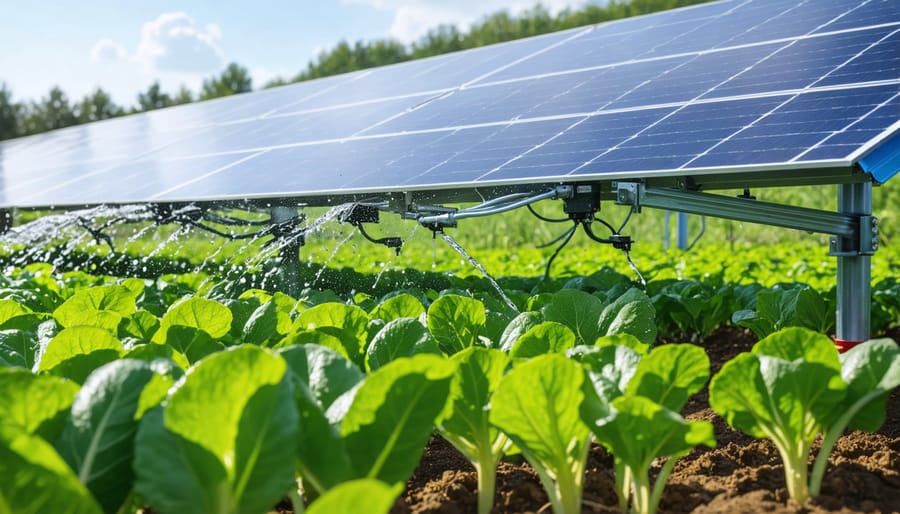
Energy Storage Solutions for 24/7 Operation
For any solar-powered farming operation to run smoothly around the clock, reliable energy storage is essential. Modern battery systems have evolved significantly, offering farmers practical solutions for maintaining consistent power supply during nighttime or cloudy periods.
The most common storage option is lithium-ion batteries, which have become more affordable and efficient in recent years. These systems can store excess energy generated during peak sunlight hours and release it when needed, ensuring critical equipment like irrigation systems and climate controls remain operational 24/7.
A typical setup includes a battery bank sized to meet overnight power needs, paired with a smart inverter system that manages power flow. For added security, many farmers implement hybrid systems that combine solar storage with traditional backup generators, creating a reliable safety net during extended periods of low solar production.
Energy management systems help optimize storage efficiency by predicting weather patterns and adjusting power usage accordingly. This intelligent approach to power management ensures farming operations continue uninterrupted while maximizing the benefits of solar investment.
Solar-Powered Food Preservation Technologies
Cold Storage and Refrigeration
Solar-powered cooling systems are revolutionizing how we preserve crops and maintain food freshness while reducing environmental impact. These innovative systems harness photovoltaic energy to power refrigeration units, making them particularly valuable in areas with limited access to reliable electricity.
The process works by converting solar energy into electrical power, which then runs specialized cooling compressors and refrigeration equipment. Modern solar refrigeration systems can maintain temperatures between 35-45°F (2-7°C), ideal for preserving fruits, vegetables, and dairy products. This technology has proven especially beneficial for small-scale farmers and rural communities, helping reduce post-harvest losses by up to 40%.
What makes solar-powered cold storage particularly attractive is its ability to operate off-grid while providing consistent cooling throughout the day. Many systems now incorporate thermal energy storage, using phase-change materials or ice banks to maintain cold temperatures even when the sun isn’t shining. This ensures 24/7 operation without the need for backup generators.
The initial investment in solar cooling systems typically pays for itself within 3-5 years through energy savings and reduced product spoilage. Additional benefits include lower maintenance costs compared to traditional diesel-powered systems and significantly reduced carbon emissions. For homeowners and small farmers, portable solar refrigeration units are now available, making this technology increasingly accessible for personal use.
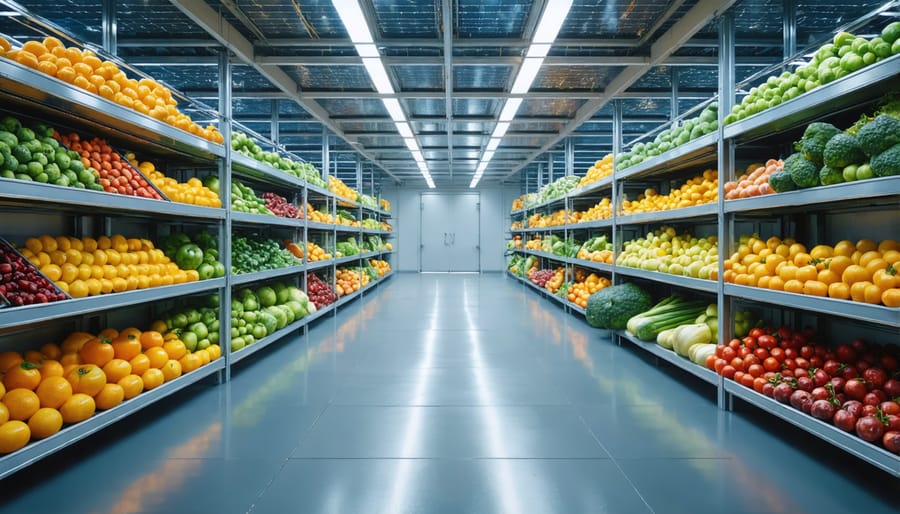
Dehydration and Processing
Solar energy has revolutionized food processing and preservation methods, making sustainable food production more accessible than ever. Through solar-powered food preparation and preservation systems, homeowners and small-scale producers can significantly reduce their energy costs while maintaining food quality.
Solar dehydrators have become increasingly popular for preserving fruits, vegetables, and herbs. These systems use photovoltaic panels to power fans and heating elements, creating optimal drying conditions without relying on grid electricity. The process is particularly efficient because solar dehydrators can maintain consistent temperatures throughout the day, resulting in evenly dried products with better nutritional retention.
Modern solar processing equipment includes features like temperature control, humidity monitoring, and automated timing systems. These innovations make it easier for users to achieve professional-quality results while reducing their carbon footprint. Many systems also incorporate backup battery storage, ensuring continuous operation during cloudy periods or nighttime hours.
The benefits extend beyond energy savings. Solar-processed foods often retain more nutrients compared to conventional methods, as the controlled environment prevents overheating and nutrient degradation. Additionally, the absence of fossil fuel usage means no harmful emissions or food contamination risks from combustion byproducts.
For homeowners looking to enhance their food sustainability practices, solar processing systems offer an excellent return on investment through reduced utility bills and extended food preservation capabilities.
Cost Benefits for Agricultural Operations
Energy Cost Reduction
Installing a photovoltaic system can significantly reduce your monthly energy expenses, with many homeowners reporting savings of 50-90% on their electricity bills. These sustainable energy solutions typically pay for themselves within 5-10 years, depending on your location and energy consumption patterns.
The average American household can save between $10,000 and $30,000 over twenty years through solar energy adoption. These savings are even more substantial in areas with high electricity rates or abundant sunshine. Additionally, many states offer tax incentives, rebates, and net metering programs that can further reduce your initial investment and increase long-term savings.
When considering the financial benefits, it’s important to factor in that electricity rates typically rise 2-3% annually, while solar panel systems provide consistent, predictable energy costs. Modern photovoltaic systems also come with warranties of 25 years or more, ensuring decades of reliable energy production and continued savings. With minimal maintenance requirements and improving technology, the return on investment for solar installations continues to improve year after year.
Available Incentives and Grants
Several attractive financial incentives make agricultural solar installations more accessible and affordable. The federal Investment Tax Credit (ITC) allows farmers to deduct 30% of their solar system costs from their federal taxes. Many states offer additional tax credits, grants, and rebates that can cover up to 50% of installation costs.
The USDA’s Rural Energy for America Program (REAP) provides grants and loan guarantees specifically for agricultural producers implementing renewable energy systems. These grants can cover up to 25% of project costs, while loan guarantees can support up to 75% of eligible project expenses.
Local utility companies often provide performance-based incentives, paying farmers for excess energy fed back into the grid. Some areas also offer specialized agricultural solar incentives, including property tax exemptions and accelerated depreciation benefits.
Programs like C-PACE (Commercial Property Assessed Clean Energy) financing offer long-term, low-interest funding options with no upfront costs. Remember to consult with local agricultural extension offices and renewable energy experts to identify all available incentives in your area.
Implementation Success Stories
Across the globe, innovative farmers and agricultural businesses are revolutionizing food production through photovoltaic systems, creating inspiring success stories that demonstrate the powerful fusion of solar energy infrastructure and agriculture.
In California’s Central Valley, Sweet Acres Farm transformed their 15-acre tomato operation by installing elevated solar panels above their crops. This dual-use approach not only generates 500kW of clean energy but also provides partial shade that has reduced water consumption by 20% while maintaining optimal growing conditions. Their annual energy costs dropped by 85%, allowing them to reinvest in expansion and sustainable farming practices.
Japan’s Farmdo Corporation pioneered an impressive solar-powered greenhouse system that spans 2.7 acres. Their innovative design integrates transparent solar panels into the greenhouse roof, generating power while allowing sufficient light for plant growth. The facility produces fresh vegetables year-round while generating 35% more energy than it consumes, selling the excess back to the grid.
A small family farm in Vermont demonstrates that solar success isn’t limited to large operations. The Green Mountain Homestead installed a modest 10kW system to power their aquaponics setup, which now produces organic lettuce and tilapia year-round. Their system paid for itself in just six years through energy savings and increased crop yields.
In the Netherlands, Sun Farming has developed a “Solar Food” project where bifacial solar panels are positioned to create optimal growing conditions underneath. This system produces both electricity and food crops, increasing land use efficiency by 186%. Their pilot project generates enough power for 50 households while growing sustainable crops like potatoes and wheat.
These success stories highlight key benefits:
– Reduced operational costs through energy independence
– Increased crop yields in some cases
– Enhanced water conservation
– Additional revenue streams from excess power generation
– Improved land-use efficiency
– Year-round growing capabilities
– Greater resilience against power outages and grid instability
These examples prove that photovoltaic production systems can be successfully implemented at any scale, from backyard gardens to commercial operations, making sustainable agriculture more accessible and economically viable for everyone.
The integration of solar power into food production systems represents a significant step forward in sustainable agriculture and home gardening. By harnessing the sun’s energy through photovoltaic systems, we can create more efficient, environmentally friendly, and cost-effective ways to grow our food. The benefits are clear: reduced energy costs, decreased carbon footprint, and increased food security for households and communities alike.
The initial investment in solar-powered systems may seem daunting, but the long-term savings on energy bills and potential tax incentives make it an increasingly attractive option. Many homeowners who have adopted solar-powered greenhouse systems or irrigation solutions report breaking even within 5-7 years, while enjoying fresh, sustainably grown produce year-round.
As technology continues to advance and become more affordable, the barriers to entry for solar-powered food production are diminishing. Whether you’re considering a small solar-powered garden system or planning to convert larger growing operations, the time has never been better to make the switch to solar. By embracing these innovative solutions, we not only contribute to a healthier planet but also take control of our food production in a sustainable way.
Looking ahead, the future of food production lies in renewable energy sources like solar power. By taking steps today to incorporate photovoltaic systems into our growing practices, we’re investing in a more sustainable and self-sufficient tomorrow. The technology is proven, the benefits are clear, and the opportunity to make a positive impact is within reach.

